Answers
Nov 12, 2018 - 02:30 PM
While Out of Home (OOH) marketing is definitely growing, I think there may be some discrepancies between the article's intention and your interpretation of it, especially if your big takeaway was "billboards now have the same data capabilities as online ads...".
Billboards, or any traditional media for that matter, have nowhere near the level of data that online ads have. Even billboards with cameras that are used to measure demos and impressions are leagues behind digital data that can measure exact impressions, specific demographics, viewability of ads, and be inserted into attribution models. That said, the same can be said about TV or Magazine ads.
The main difference between OOH marketing and other traditional channels, is that it is actually involving and improving, and so the investment is following. Companies tend to invest money into media that they can concretely measure the impact of, and OOH is only improving, though with a long, long way to go. These improvements are reflected in the trends projected media spend over the next 4 years:
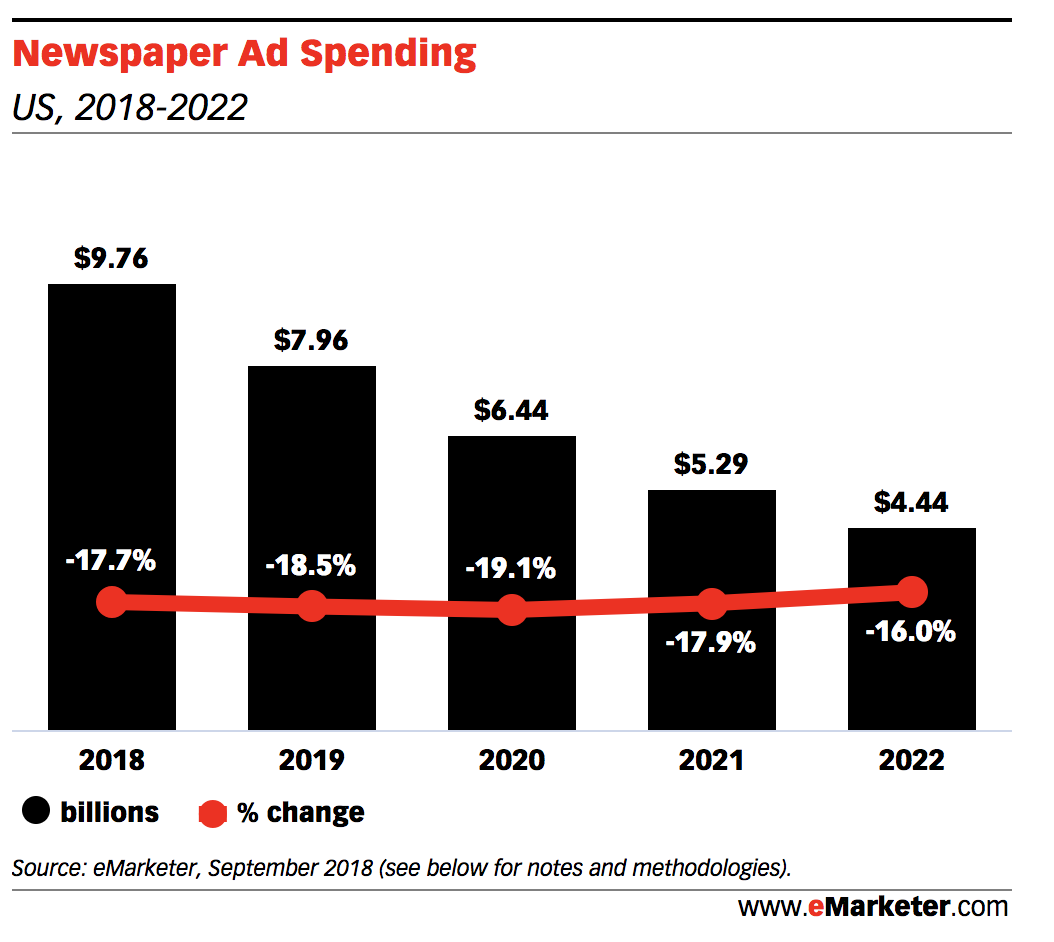
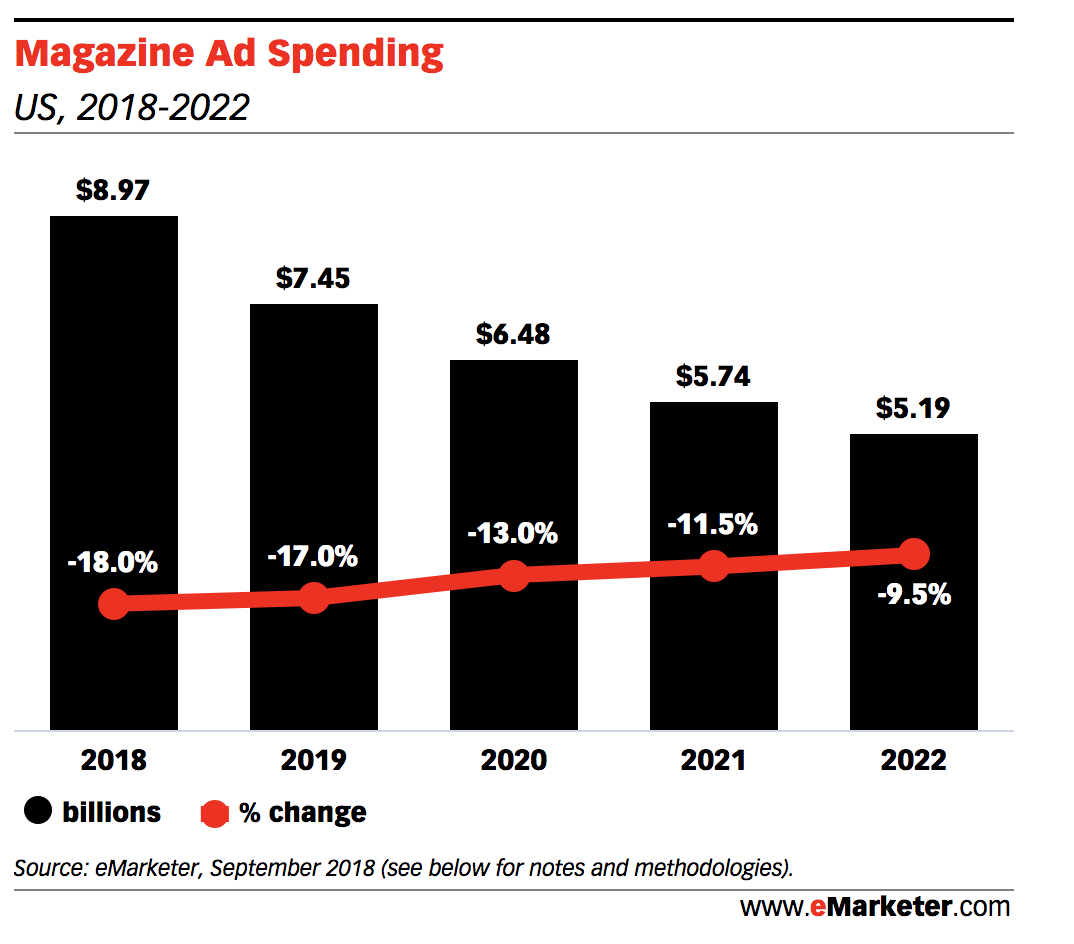
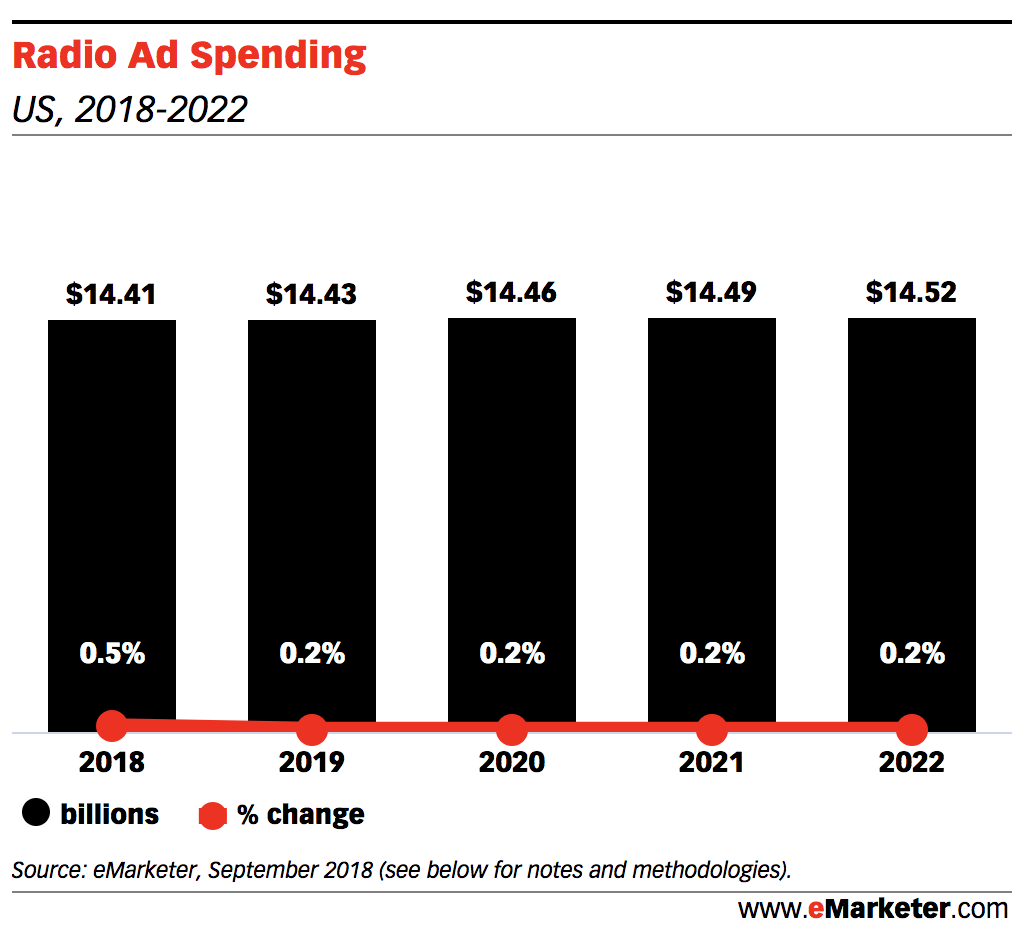
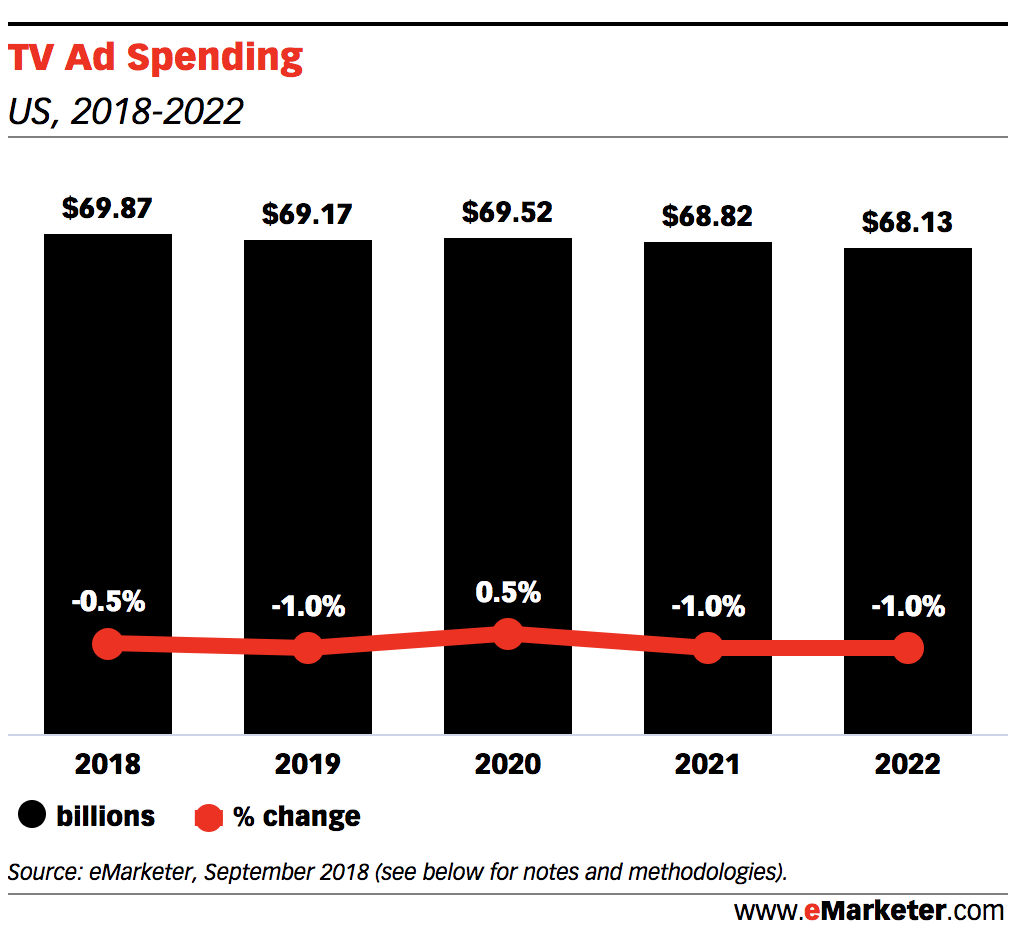

Notice that out of these traditional channels, OOH is the only one that is trending significantly upward. One thing to keep in mind though is that OOH isn't limited to just billboards. It could be be a wrapping on a bus, painting by company like Colossal, or coasters at a bar. A lot of the positive change can be explained by better data and companies being more comfortable justifying the buys, but it can also be partially explained by a crowded digital landscape with a lot of noise. Companies are looking for new ways to get better impressions to a wider audience.
Nov 17, 2018 - 09:47 AM
It’s much harder to measure the ROI of billboards, as opposed to digital ads, since there’s no digitized “trail” that can help you track customers influenced by a billboard. Still, companies continue to invest big bucks in the medium, so it seems like there’s something there.
Psychology can perhaps provide us answers about billboard advertising where we don’t have metrics. Billboards make unspoken impressions in a subtle way that digital ads cannot. A person might glance at a billboard without consciously realizing that they’re doing it. The hope is that, over time, these small, subtle impressions will become internalized. .
Plus, the cost-per-view even of expensive billboards is surprisingly small. As mentioned in another answer here, the cost-per-impression of a Times Square billboard ad is considerable lower than that of a Super Bowl television ad. In fact, the cost of running a billboard in Times Square is comparable to the cost of a traditional print ad or mailing.
As you can imagine, then, the cost-per-view of billboards in less-desirable locations is much more affordable than that of traditional print ads. This might go a long way toward explaining why billboards continue to thrive.
To be sure, billboards don’t yet truly have the same data capabilities as online ads: namely, you can’t really measure their success. Although billboard owners claim to be able to reliably estimate those numbers, there’s no surefire way to connect the number of people who walk by a billboard to the number of people who look at it (and act on what they see). But the Economist is right in that they are still thriving, and it seems no surprise that billboard owners would use modern concepts like location data to make the investment more worthwhile.
When you combine the capabilities of modern data with the low cost-per-view of billboards, their success doesn’t seem so sensational anymore: it’s just common sense.


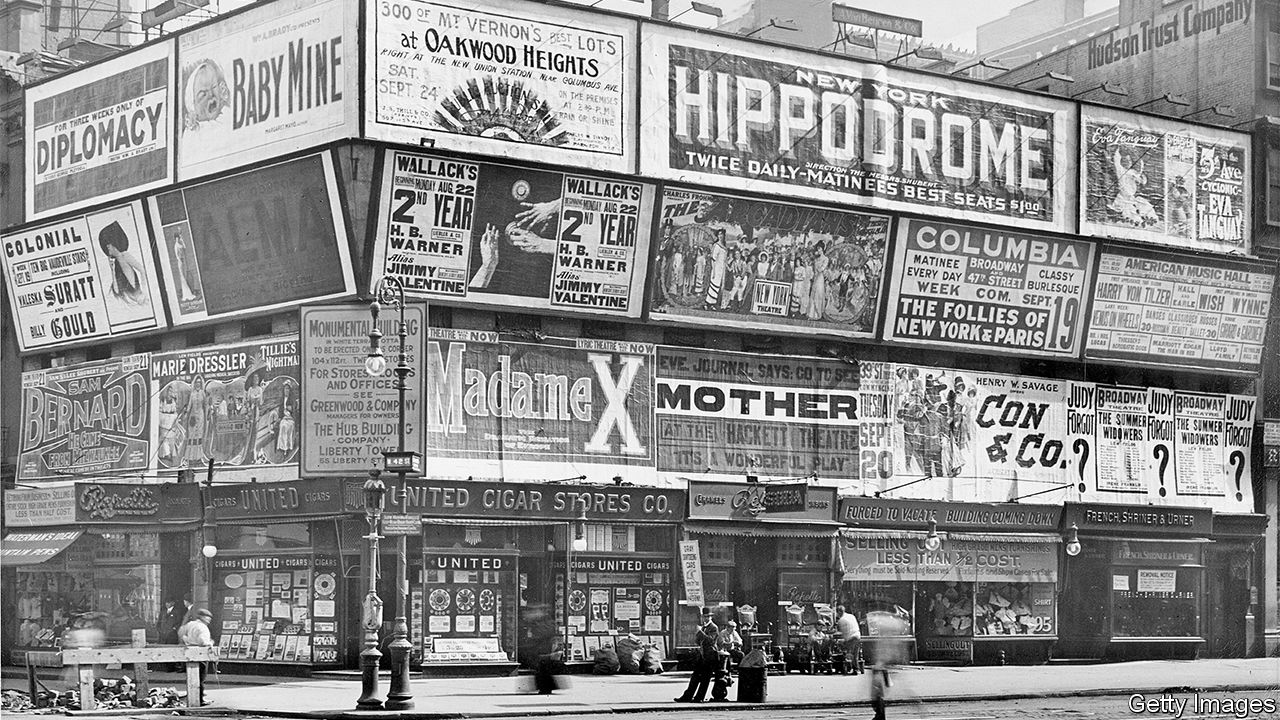
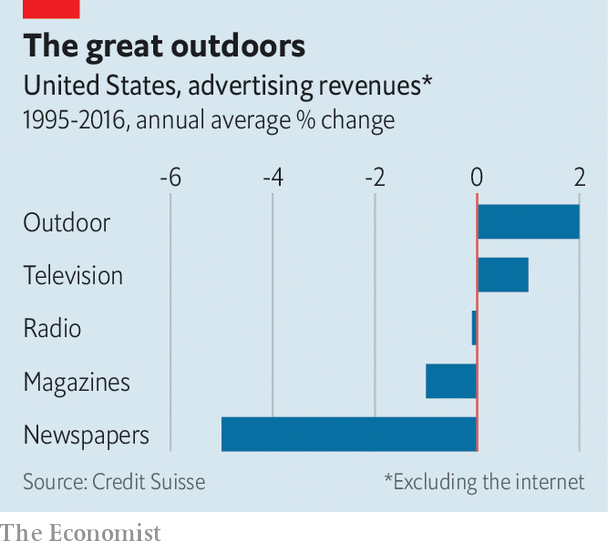





Add New Comment